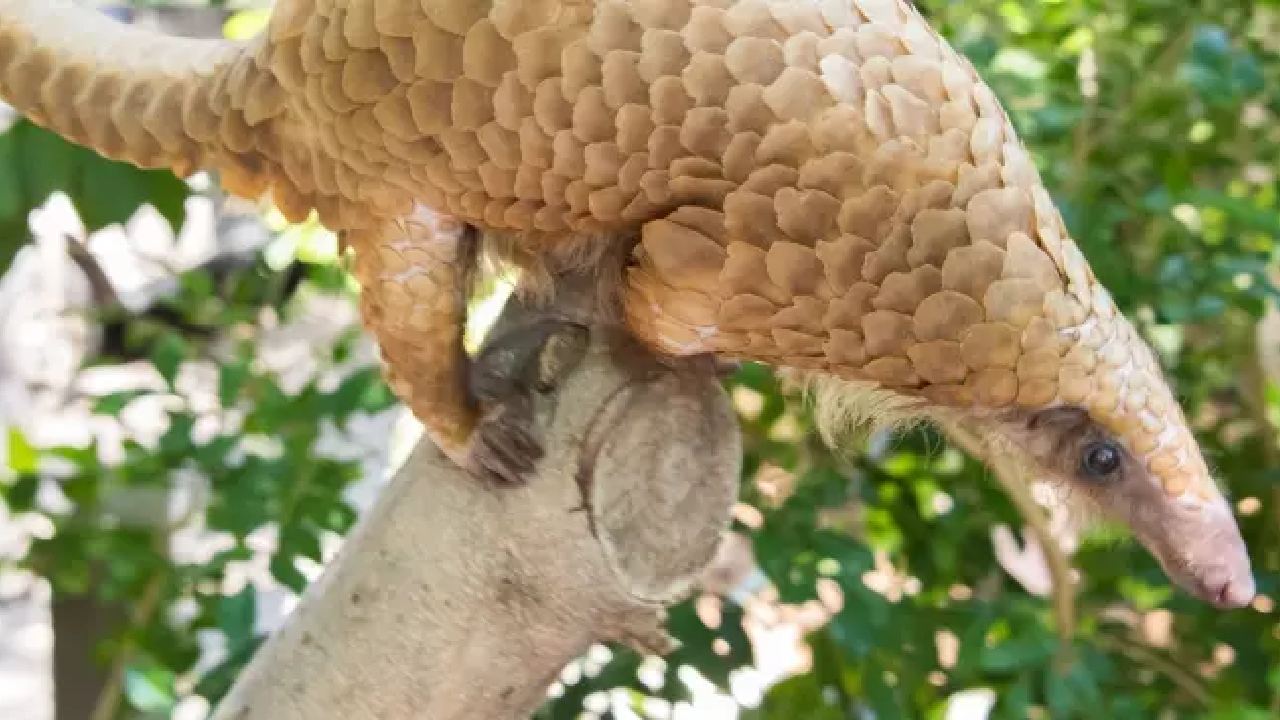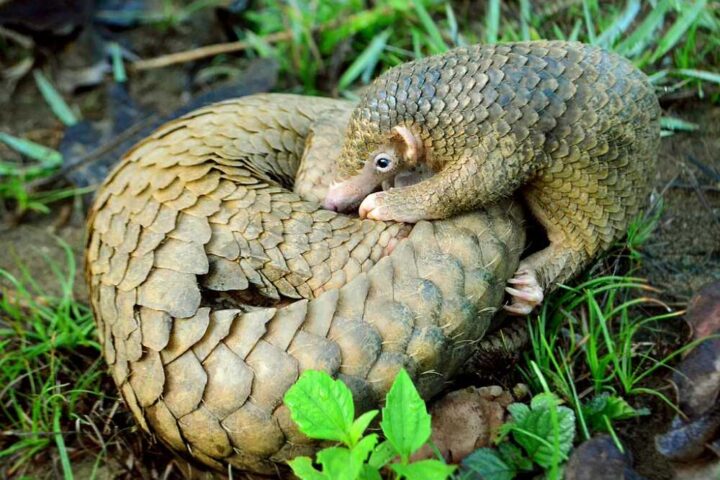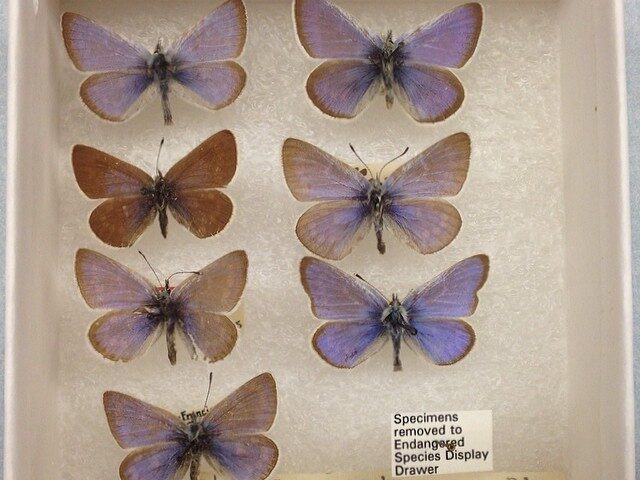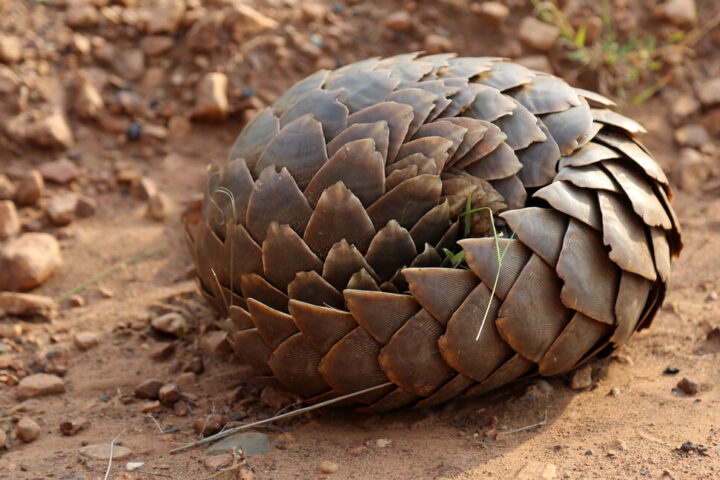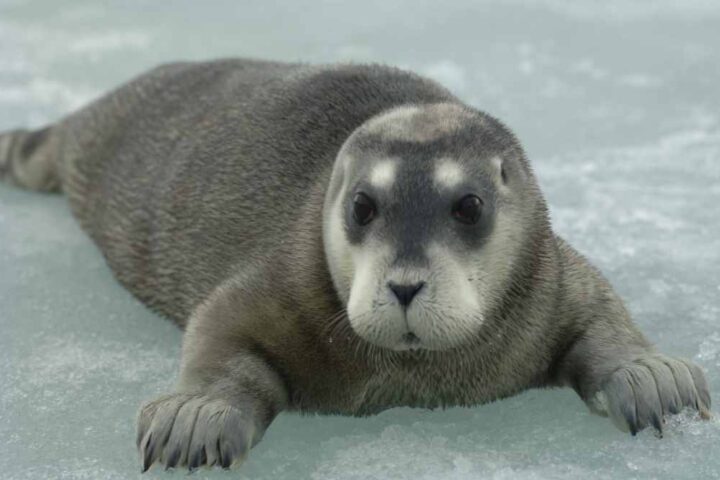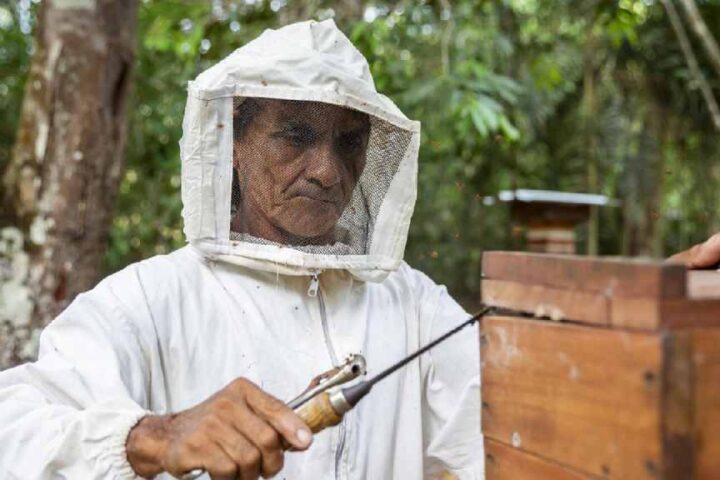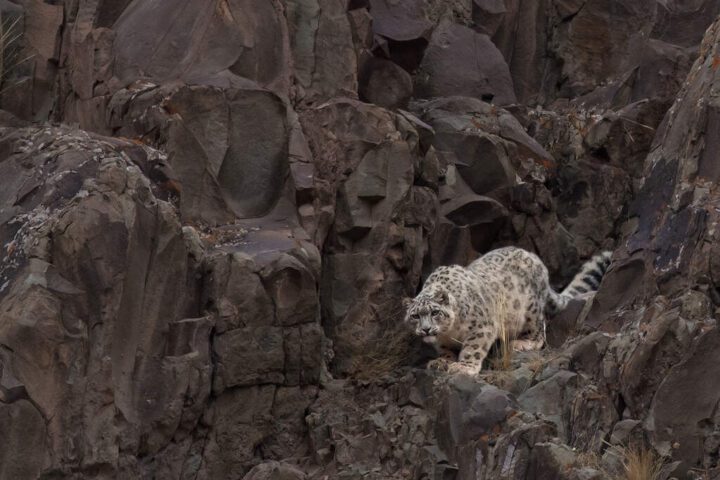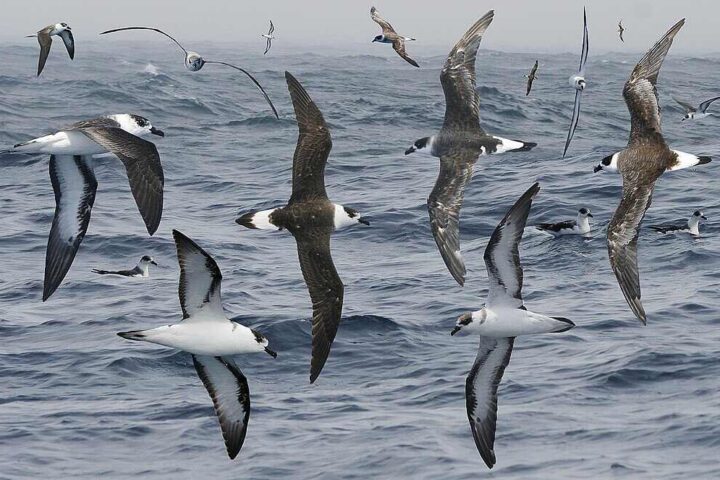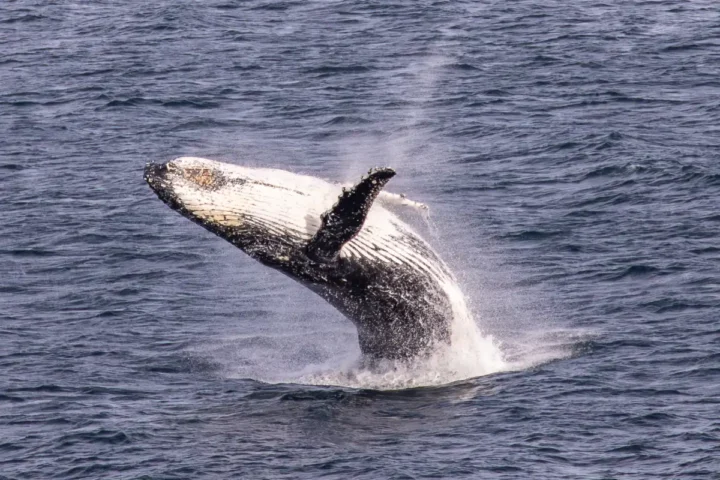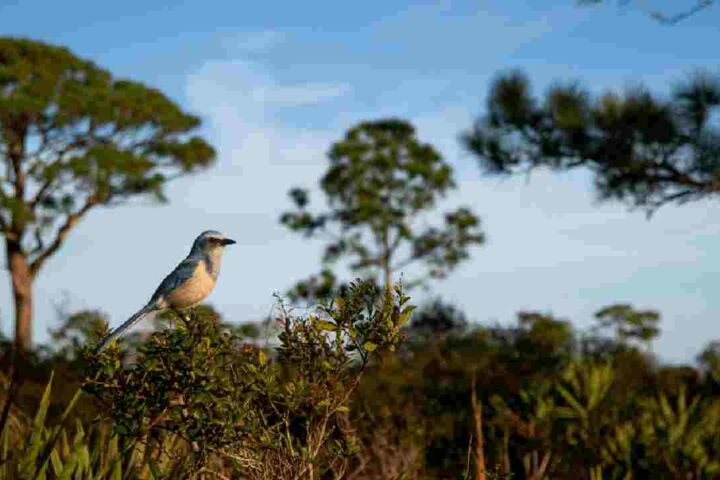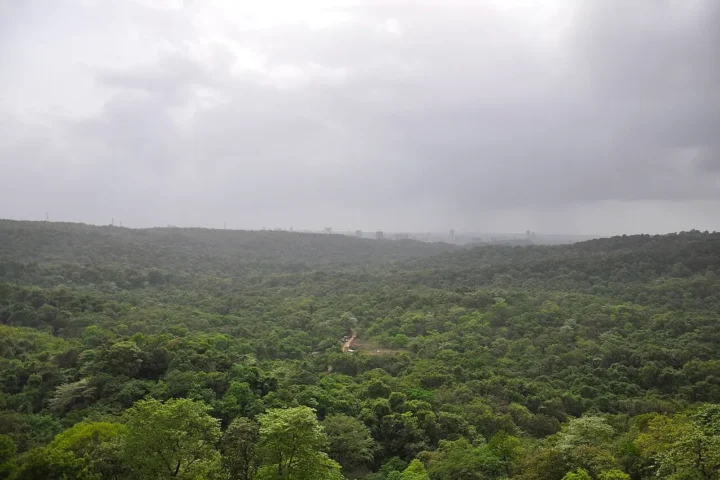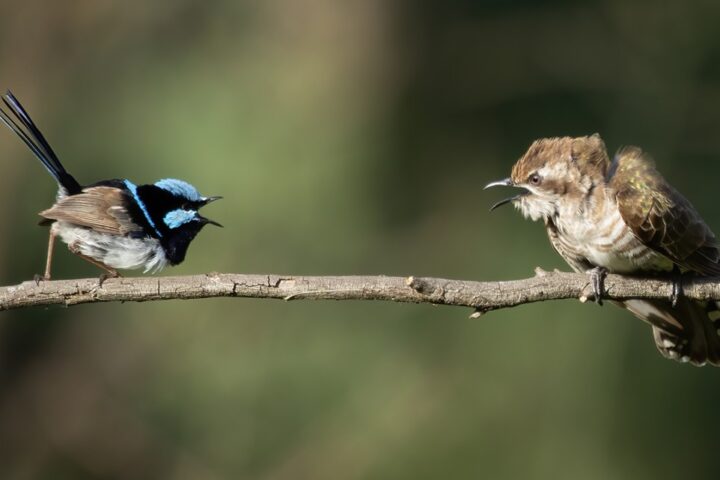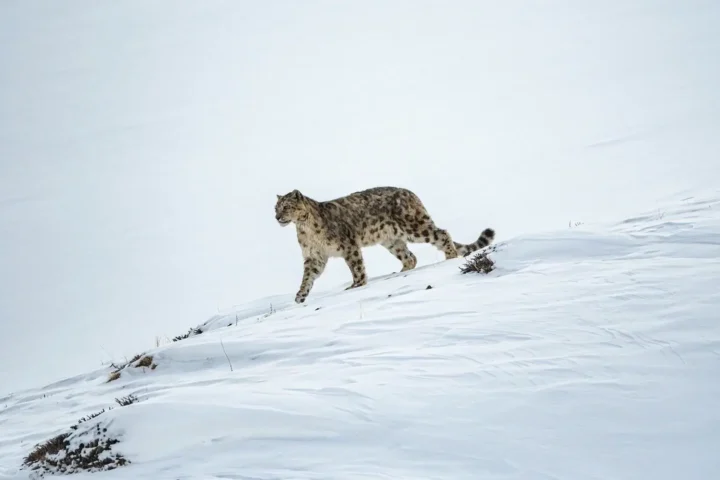The U.S. Fish and Wildlife Service announced Monday it plans to add seven species of pangolin to the endangered species list, a move aimed at strengthening protections for what’s often called “the world’s most heavily trafficked mammal.”
The pangolin, which resembles a cross between an anteater and an armadillo, is the only mammal on Earth covered head to tail in scales. These unique scales have become the animal’s greatest vulnerability, driving them toward extinction.
Found in savannas and forests from West Africa to Southeast Asia, pangolins are nocturnal mammals that search for ants, termites and other insects at night, capturing them with their sticky tongues. When threatened, they curl into a protective ball, using their tough keratin scales as armor.
However, this defensive strategy actually makes them easy targets for poachers, who can simply pick them up. Their poor eyesight also makes them vulnerable to capture in snares.
Why Pangolins Need Protection
The primary threat to pangolins comes from demand in Asia, where their meat is considered a delicacy and their scales are used in traditional Chinese medicine, despite scientists finding “no reliable evidence” of any special medicinal value. The scales are made of the same material as human fingernails.
Despite international trade bans established in 2017, illegal trafficking continues at alarming rates. In April, Nigerian authorities seized nearly four tons of pangolin scales—representing about 2,000 killed animals. Indonesian officials found 1.2 tons of scales during a raid in November 2024.
Researchers estimate more than 8.5 million pangolins were taken from the wild in West and Central Africa between 2014 and 2021. The Fish and Wildlife Service noted that organized crime networks are involved in the trade.
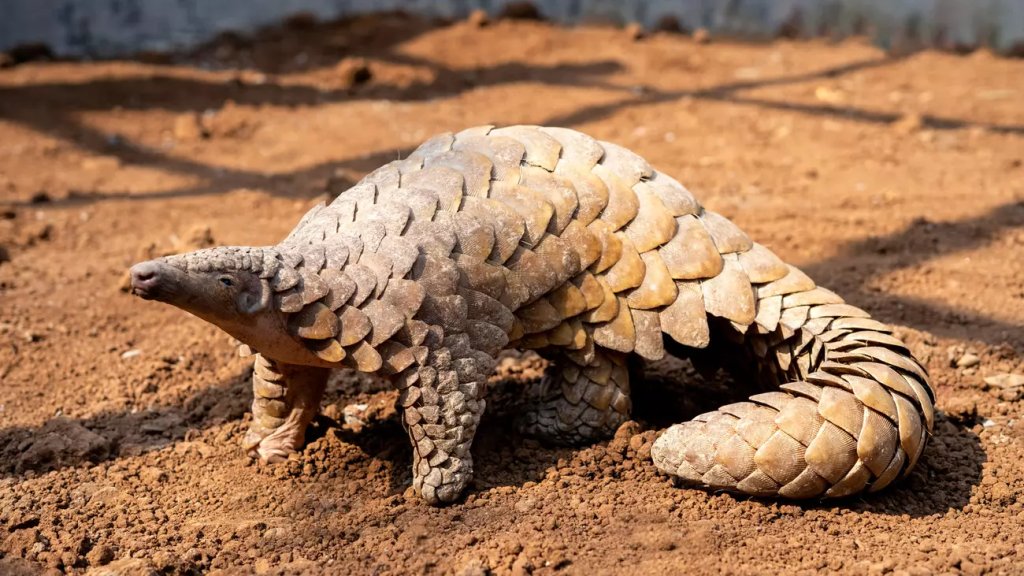
The Proposed Listing
The Fish and Wildlife Service is proposing to add seven pangolin species to the endangered list: four Asian species (Chinese, Indian, Sunda and Philippine) and three African species (white-bellied, black-bellied and giant). An eighth species, the Temminck’s ground pangolin from Africa, has been protected under the Endangered Species Act since the 1970s.
The Endangered Species Act, signed into law in 1973 with bipartisan support, currently protects over 2,000 U.S. and foreign species. It has been crucial in preserving biodiversity and preventing the extinction of iconic animals like the bald eagle.
Once finalized, the endangered listing would strengthen trade and import restrictions on pangolin parts in the U.S., except for scientific or conservation purposes.
“This proposed listing reaffirms the Service’s commitment to protecting these magnificent species and ensures the United States does not contribute to their continued decline,” the Fish and Wildlife Service said in a statement.
Conservation groups welcomed the announcement but noted it was long overdue.
Similar Post
“I’m delighted the United States is doing its part to save these adorably odd creatures,” said Sarah Uhlemann, international program director at the Center for Biological Diversity. “Pangolins are on the razor’s edge of extinction, and we need to completely shut down any U.S. market for their scales. There’s no good reason for anybody to ingest any part of a pangolin.”
“This is a pivotal moment for pangolin conservation,” said Danielle Kessler, US Country Director at IFAW. “Ten years ago, our groups petitioned to list pangolins as endangered due to the extreme levels of poaching and trafficking that were driving population declines. Sadly, those threats have not abated.”
Recovery Challenges
Pangolins face significant recovery challenges, with females typically giving birth to just one pup per year, making it difficult for their populations to rebound after poaching.
Beyond trafficking, the animals also face threats from habitat loss and poor genetic health. They inhabit various ecosystems including savannas, woodlands and forests.
The U.S. has historically been among the markets for leather products made from pangolin skin, and recent data shows U.S. border officials seized 76 shipments of pangolin parts between 2016 and 2020.

Political Context
The move to protect pangolins comes amid broader tensions over environmental policy. President Donald Trump’s administration has faced criticism for efforts to weaken the Endangered Species Act. Trump’s executive order declaring an “energy emergency” states that the act cannot impede energy development, suggesting potential rollbacks of protections.
Interior Secretary Doug Burgum, who oversees the Fish and Wildlife Service, has previously stated that the endangered list is too long and ineffective for conserving many species.
However, the slowness to list pangolins predates the current administration. Environmental groups first petitioned the government to list the animals a decade ago.
The proposed rule will be published in the Federal Register on June 17, 2025, opening a 60-day public comment period ending August 18, 2025.
Conservation advocates hope the listing will increase global awareness about pangolins and potentially open funding for anti-trafficking and habitat conservation efforts.
